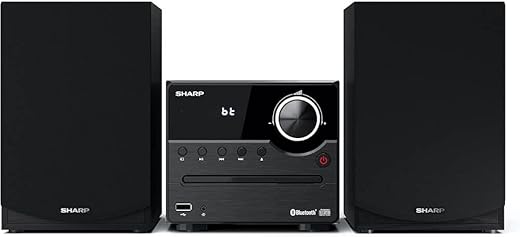









Understanding Component Systems: A Comprehensive Guide
In the realm of technology and design, the term “component system” frequently emerges, weaving its way through discussions about software architecture, product design, and even organizational structures. But what exactly is a component system? And why should you care? This article aims to demystify component systems, exploring their significance, benefits, and real-world applications.
What is a Component System?
At its core, a component system is a collection of modular components that function together to create a larger, cohesive system. Think of it as a well-orchestrated symphony; each musician plays their instrument, but together they produce a beautiful piece of music. In technology, these components can be software modules, hardware units, or design elements that can be independently developed, tested, and maintained while still being capable of working in harmony with other components.
The Importance of Component Systems
Component systems are vital for several reasons:
1. **Flexibility**: Just as a LEGO set allows you to build various structures with the same pieces, component systems enable developers and designers to create diverse solutions without starting from scratch each time. Need to add a new feature? Simply plug in a new component.
2. **Efficiency**: In a world where time is money, efficiency is king. Component systems allow teams to work on different parts of a project simultaneously, accelerating the development process. Imagine a factory assembly line where each worker focuses on a specific task; the result is a faster and more streamlined production.
3. **Scalability**: As businesses grow, so do their needs. Component systems can easily scale to accommodate increased demand. Just as you can add more rooms to a house, you can add more components to a system without disrupting the existing setup.
Types of Component Systems
There are various types of component systems across different industries. Here are a few notable ones:
1. **Software Component Systems**: In software development, component-based architecture allows developers to create reusable software components, which can be integrated into various applications. This is akin to using building blocks to create different structures; the possibilities are endless.
2. **Hardware Component Systems**: In electronics, component systems refer to the individual parts that make up a device, such as resistors, capacitors, and microcontrollers. Each part plays a specific role, contributing to the overall function of the device.
3. **Design Component Systems**: In design, particularly web design, component systems refer to reusable design elements such as buttons, navigation bars, and forms. This approach not only enhances consistency but also speeds up the design process.
How to Implement a Component System
Implementing a component system may seem daunting, but by breaking it down into manageable steps, you can establish a robust framework:
1. **Identify Components**: Start by analyzing your project to determine its core functionalities. What are the essential components that will drive the system? This is where you define the building blocks.
2. **Design for Reusability**: Each component should be designed with reusability in mind. This means creating components that can serve multiple purposes. For example, a button component should be versatile enough to be used in various contexts throughout your application.
3. **Establish Standards**: Consistency is key when working with component systems. Develop guidelines for how components should be structured, documented, and tested. Think of it as creating a recipe book for your components.
4. **Integrate and Test**: Once your components are created, it’s time to integrate them into the larger system. Testing is crucial here; ensure that all components work together seamlessly to avoid the chaos of a disjointed system.
5. **Iterate and Improve**: The beauty of component systems lies in their adaptability. Gather feedback, make necessary adjustments, and continuously improve your components to meet evolving needs.
Challenges of Component Systems
While component systems offer numerous advantages, they are not without challenges. One major hurdle is ensuring compatibility between components. When components are developed independently, variations in design and functionality can lead to integration issues. Additionally, maintaining documentation for each component can be time-consuming but is essential for future reference.
Conclusion
Component systems are revolutionizing the way we approach design and development in various fields. By breaking down projects into manageable, reusable components, we can achieve greater efficiency, flexibility, and scalability. Whether you are a software developer, an electronics engineer, or a designer, embracing component systems can elevate your work and streamline your processes.
So, are you ready to build your next project using a component system? The possibilities are as vast as your imagination!
FAQs
1. What are the primary benefits of using a component system?
The main benefits include increased flexibility, improved efficiency, and enhanced scalability, allowing teams to develop and maintain systems more effectively.
2. How do I ensure my components are reusable?
Design components with versatility in mind, and establish standards for structure and documentation to promote reusability across different projects.
3. What challenges might I face when implementing a component system?
Common challenges include ensuring compatibility between components and maintaining comprehensive documentation to facilitate future development and integration.
